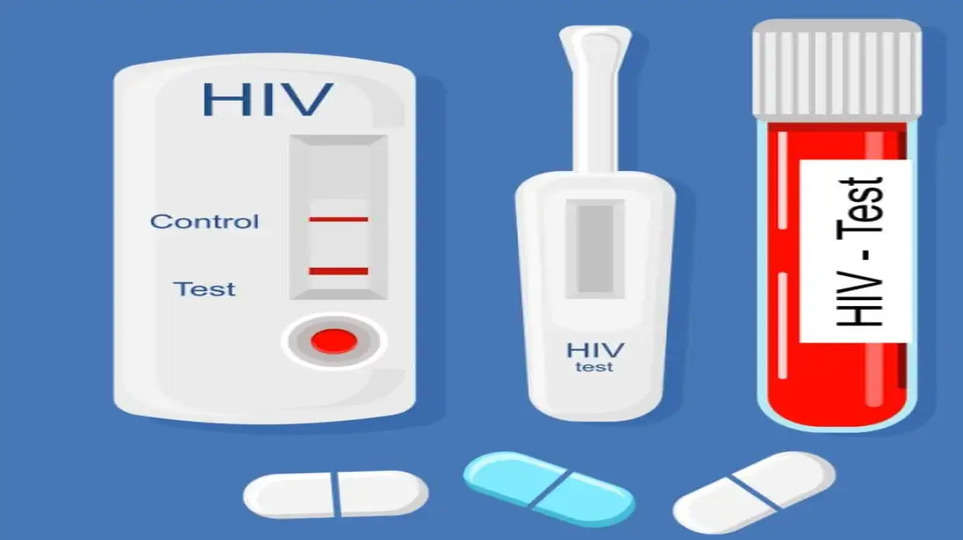Beyond sores and lesions: What your mouth says about STI risk
Consider syphilis, for instance. Often dismissed as a relic of the past, it’s staging a concerning comeback in India. Oral chancres—the first sign of syphilis—are something dentists can spot before anyone else. Similarly, gonorrhea frequently infects the throat, masquerading as harmless soreness or redness.

When you think of a dentist, it’s unlikely your mind ventures beyond the familiar: reminders to floss, the ominous hum of a drill, and the sharp scent of antiseptic. But what if I told you dentists are far more than caretakers of cavities? What if they are the unacknowledged detectives of our overall health—especially when it comes to our sexual well-being? Yes, your dentist might know more about your sex life than you think, without you ever saying a word.
In an interaction with News9Live, Dr. Vidhi Bhanushali, CEO and co-founder, scanO, explained the same.
That unassuming sore on your tongue, the gum irritation you chalked up to stress, or the mild throat redness you barely registered. These aren’t just dental oddities. In many cases, they’re the first whispers of something more serious: sexually transmitted infections (STIs). This early detection is imperative in a country like India where over 30 million people contract STIs annually. Still, these whispers are often drowned out by cultural silence and systemic gaps in care.
Dentists as Silent Sentinels
Sexually transmitted infections rarely play by the rules. They don’t always announce themselves with obvious symptoms and can manifest quietly as oral health issues. Think of unexplained sores, inflamed gums, or lesions that could easily be blamed on dietary choices or stress. However, beneath these everyday nuisances lie systemic infections like syphilis, gonorrhea, and HPV (human papillomavirus).
Consider syphilis, for instance. Often dismissed as a relic of the past, it’s staging a concerning comeback in India. Oral chancres—the first sign of syphilis—are something dentists can spot before anyone else. Similarly, gonorrhea frequently infects the throat, masquerading as harmless soreness or redness. And then there’s HPV: the most common virus globally, now linked to a dramatic rise in oral and throat cancers, particularly in younger adults.
In all these cases, dentists are the frontline witnesses. But here’s the challenge: awareness isn’t enough. Dentists lack systemic tools to act on what they detect beyond issuing referrals—referrals that are often ignored due to stigma, fear, or a simple lack of understanding.
Technology: From the Mouth to the Mainstream
In a country where stigma and access barriers often prevent preventive care, technology is proving to be a game-changer. Innovations like ScanO are quietly revolutionizing oral health diagnostics. Their AI allows users to self-screen for potential oral issues—gum disease, lesions, or abnormalities—using nothing more than their smartphone. What makes tools like ScanO transformative is their ability to detect early signs of systemic issues, including STIs, without the need for in-person visits.
Breaking Silences, One Smile at a Time
The dentist’s chair has long been confined to a narrow role: a place to “fix” teeth. But the time has come to reimagine it as a frontline space for revolutionizing public health. The path forward requires bold action: destigmatizing STI conversations, scaling innovative tools, and empowering dentists with the resources to act decisively. Each smile carries more than just aesthetic value—it carries untold stories about our health, resilience, and future.
